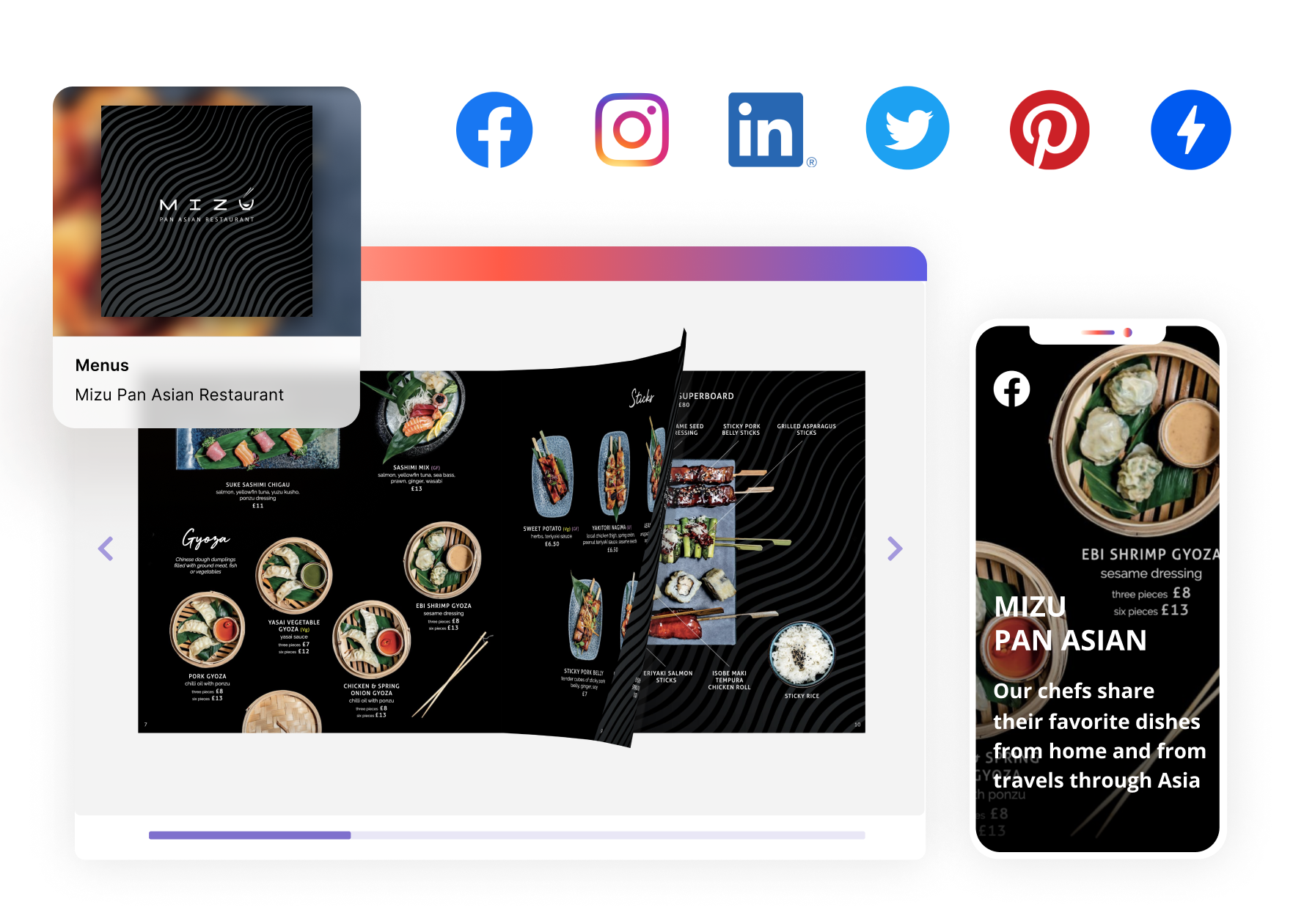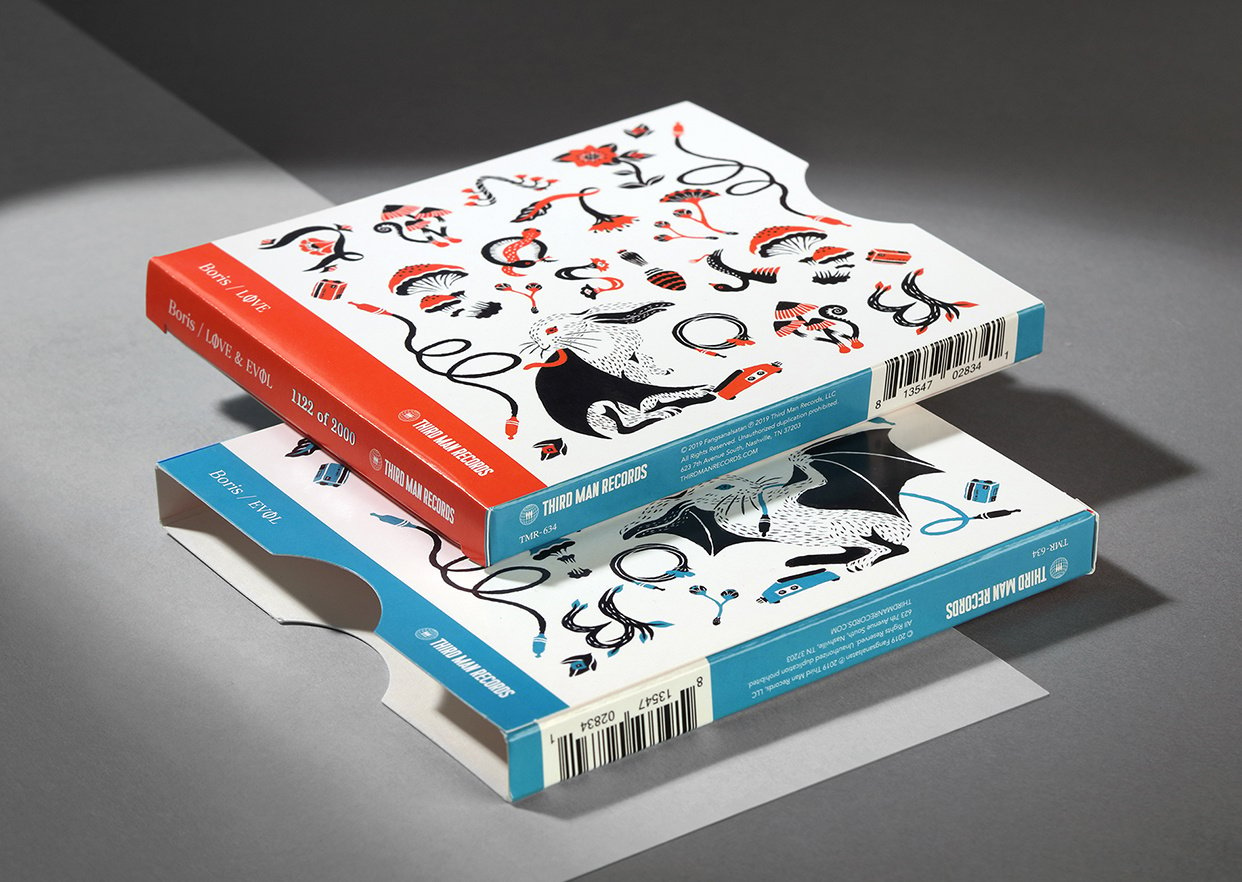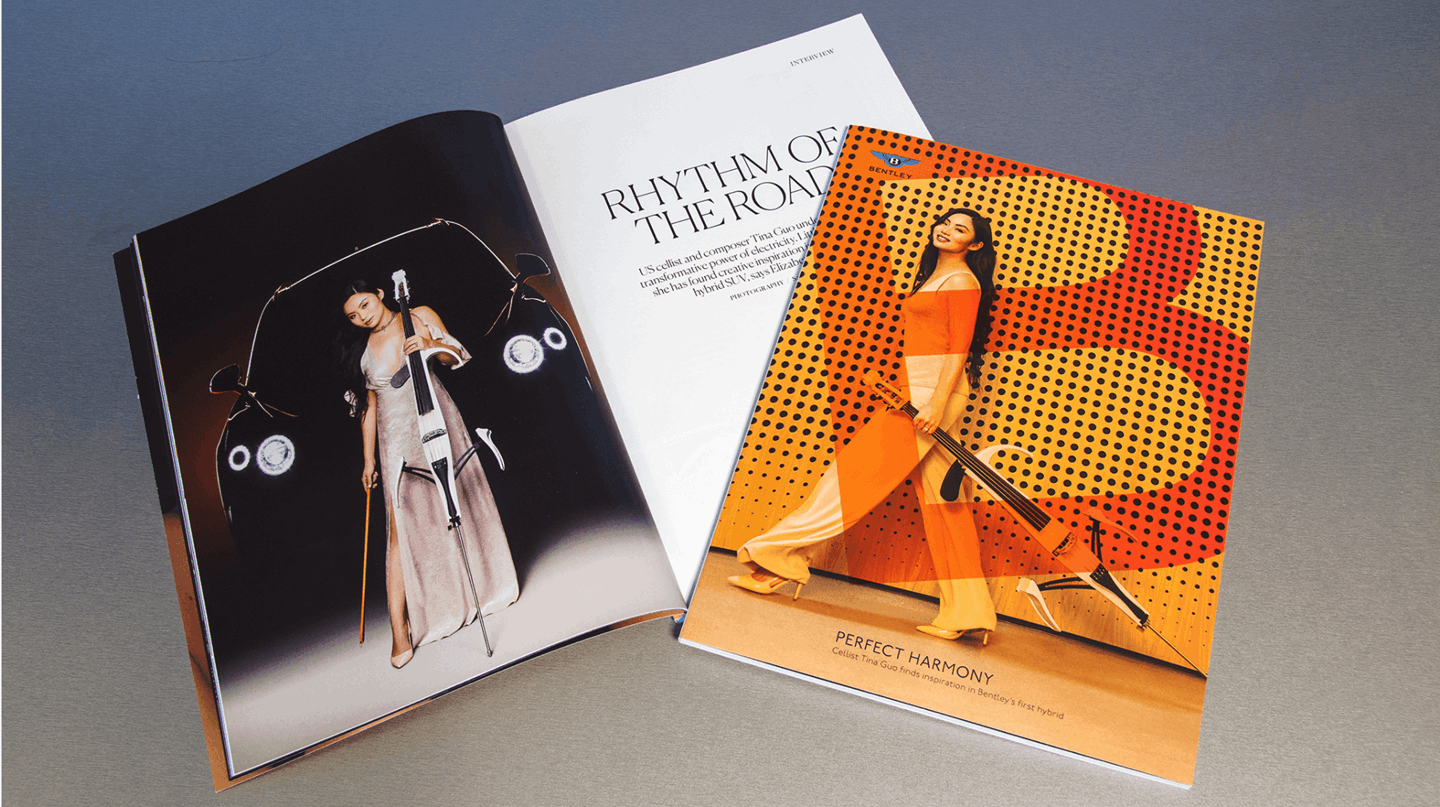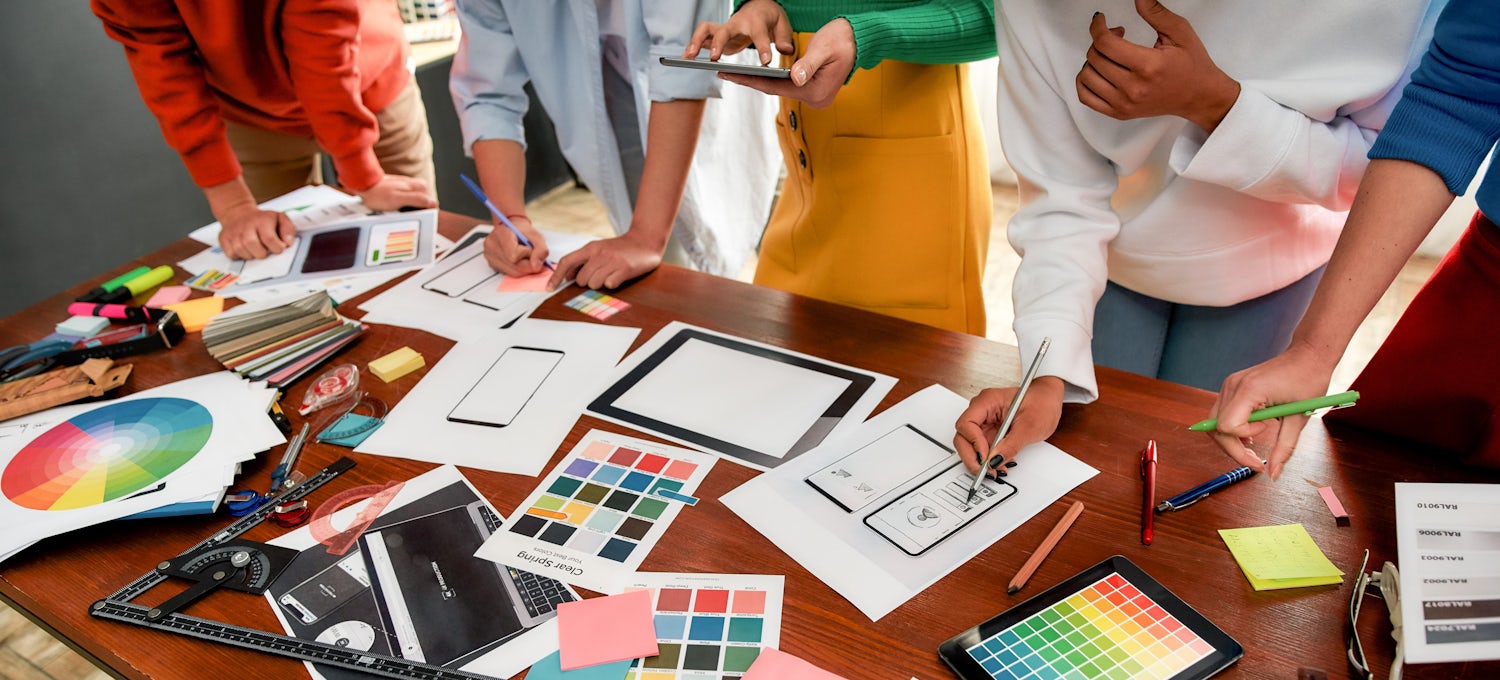From Page to Pixel: Evolving Design Trends
In today’s fast-paced digital age, design trends are constantly evolving as we transition from traditional print media to the limitless possibilities of the digital world. The shift from page to pixel has opened up a whole new realm of creative Potential, allowing designers to experiment with interactive elements, animations, and multimedia content like never before.
One of the most notable design trends that has emerged from this transition is the focus on user experience (UX) design. In the past, design was primarily focused on aesthetics and visuals. However, with the rise of digital media, designers are now placing a greater emphasis on creating intuitive and user-friendly interfaces that enhance the overall experience for the end user. This shift has led to the development of responsive design, which ensures that websites and applications adapt to different screen sizes and devices, providing a seamless experience across all platforms.
Another design trend that has evolved from page to pixel is the use of storytelling in design. With the ability to incorporate animations, videos, and interactive elements, designers are now able to create immersive narratives that engage users on a deeper level. This has led to an increase in the use of parallax scrolling, which adds depth and movement to websites, creating a more dynamic and engaging experience for the user.
Typography has also undergone a transformation in the digital age, with designers experimenting with custom fonts, creative layouts, and bold typography to make a statement and capture the attention of users. The use of typography as a design element has become more prominent, with designers using text as a graphic element to convey emotions, enhance readability, and create visual interest.

Image Source: ctfassets.net
Color has always played a crucial role in design, but in the digital age, designers have a wider range of colors and gradients to choose from. The use of vibrant colors, gradients, and color transitions has become a popular trend in digital design, adding depth and dimension to websites and applications. Designers are also experimenting with color psychology, using colors to evoke certain emotions and create a specific mood for the user.
As we continue to push the boundaries of design in the digital age, it is important for designers to stay informed about the latest trends and technologies shaping the industry. By drawing inspiration from both print and digital media, designers can create innovative and visually stunning designs that transcend mediums and captivate audiences. Whether it’s through responsive design, storytelling, typography, or color, the possibilities are endless when it comes to evolving design trends in the digital age.
Unleashing Creative Potential in the Digital Age
In today’s fast-paced digital world, creativity has become more important than ever. With the rise of social media, websites, and digital marketing, businesses are constantly seeking new and innovative ways to capture the attention of their audience. This shift from traditional print media to digital platforms has opened up a whole new world of possibilities for designers to unleash their creative potential.
As designers transition from working with print to digital media, they are faced with a unique set of challenges and opportunities. While the fundamentals of design remain the same, there are new tools and techniques that can be used to create visually stunning and engaging content. The key to success in the digital age is the ability to adapt and evolve with the ever-changing landscape of technology and design trends.
One of the most exciting aspects of working in digital media is the ability to experiment and push boundaries in ways that were not possible with print. With the use of animation, interactive elements, and multimedia integration, designers can create dynamic and immersive experiences for their audience. This allows for a more engaging and personalized approach to design that can captivate and inspire viewers in ways that static print media never could.

Image Source: licdn.com
Another advantage of working in the digital age is the speed and flexibility that comes with designing for online platforms. Unlike print media, which requires a lengthy production process and limited distribution, digital content can be created, shared, and updated in real-time. This allows designers to respond quickly to changing trends and audience feedback, ensuring that their work remains relevant and impactful.
Furthermore, the digital age has opened up new opportunities for collaboration and cross-disciplinary work. With the rise of online communities, social media platforms, and digital marketplaces, designers can connect with like-minded creatives from around the world to share ideas, collaborate on projects, and gain inspiration from different perspectives. This collaborative approach not only enhances the quality of the work produced but also fosters a sense of community and support within the design industry.
In addition to collaboration, the digital age has also brought about new ways of showcasing and promoting design work. Through social media platforms, online portfolios, and digital marketing campaigns, designers can reach a global audience and showcase their talents to potential clients and collaborators. This increased visibility and accessibility have democratized the design industry, making it easier for emerging talents to break into the field and establish themselves as creative professionals.
As designers continue to explore the possibilities of digital media, it is important to remember the roots of design and draw inspiration from traditional print media. By transcending mediums and Combining elements of both print and digital design, creatives can create unique and innovative work that resonates with audiences on a deeper level. Whether it’s incorporating hand-drawn illustrations into a digital interface or using typography inspired by vintage print posters, there are endless opportunities to blend the old with the new and create something truly original.
In conclusion, the digital age presents endless possibilities for designers to unleash their creative potential and push the boundaries of traditional design. By embracing new technologies, collaborating with others, and drawing inspiration from a variety of sources, designers can create impactful and memorable work that transcends mediums and resonates with audiences in a meaningful way. With innovation and imagination as their guides, designers can continue to evolve and thrive in the ever-changing landscape of digital design.

Image Source: taylor.com
Design Inspiration from Print to Digital Media

Image Source: printpower.eu

Image Source: toptal.io

Image Source: canva.com

Image Source: cloudfront.net
